Nestled amidst the serene waters of the Man Sagar Lake, Jal Mahal in Jaipur, Rajasthan is a strikingly beautiful and intriguing piece of architecture. Often referred to as the “Water Palace,” this palace offers a unique blend of Rajput and Mughal architectural styles. Jal Mahal stands as a testament to the royal grandeur and rich cultural heritage of Rajasthan.
Timings and Ticket Price
Jal Mahal is accessible to visitors throughout the week, offering a picturesque retreat from the bustling city life. The palace is open from 9:00 AM to 5:00 PM, allowing ample time for exploration and photography. While the entrance to the palace itself is restricted, visitors can enjoy boat rides on Man Sagar Lake, providing a closer view of the stunning architecture. The ticket prices for the boat ride vary, generally ranging from INR 50 to INR 200, depending on the type of boat and duration of the ride. These nominal charges ensure that the beauty of the Jal Mahal remains accessible to a wide audience, inviting all to witness its splendour.
History of Jal Mahal
Jal Mahal’s origins trace back to the 18th century when Maharaja Madho Singh I commissioned its construction. The palace was initially built as a lodge for the Maharaja and his entourage during their duck-hunting expeditions. Over the centuries, the palace underwent several renovations and modifications, enhancing its architectural splendour. Maharaja Jai Singh II of Amber significantly contributed to the restoration and beautification of Jal Mahal in the early 18th century.
The palace’s strategic location amidst the lake not only provided a picturesque retreat but also symbolized the engineering prowess and aesthetic sensibilities of the Rajput rulers. Over time, the palace faced periods of neglect and decay, but recent restoration efforts have revived its grandeur, making it one of Jaipur’s most iconic landmarks.
Architecture of Jal Mahal
Jal Mahal is a stunning example of Rajput and Mughal architectural styles, reflecting the grandeur and elegance of these two great cultures. The palace is a five-story building, with four floors submerged under the water when the lake is full, giving the illusion of floating on the lake. The palace’s unique design and construction highlight the advanced engineering techniques of the era.
Exterior Design
The palace’s exterior is adorned with intricately carved balconies, arched windows, and chhatris (dome-shaped pavilions) that showcase the intricate craftsmanship of Rajputana artisans. The walls of the palace are made from red sandstone, which glows golden in the sunlight, adding to its ethereal beauty. The domes and spires of the palace are influenced by Mughal architecture, creating a harmonious blend of styles.
Interior Design
While the interiors of Jal Mahal are not accessible to the public, historical records and restoration work reveal a lavishly decorated palace with elegant rooms, corridors, and halls. The interiors were once adorned with ornate frescoes, intricate mirror work, and luxurious furnishings, reflecting the opulence of the Rajput royals. The central courtyard features a lush garden with pathways, flowerbeds, and fountains, creating a tranquil oasis amidst the lake.
Gardens and Surroundings
The terrace garden of Jal Mahal, known as the Chameli Bagh, is a beautiful Mughal-style garden with a variety of flowering plants, trees, and shrubs. The garden offers a panoramic view of the surrounding Aravalli hills and the tranquil waters of the Man Sagar Lake. The lush greenery of the garden contrasts beautifully with the azure waters of the lake, creating a picturesque setting.
Significance of Jal Mahal
Jal Mahal holds immense historical, architectural, and cultural significance. It is a symbol of the Rajputana heritage and the rich history of Jaipur. The palace stands as a testament to the architectural brilliance and aesthetic sensibilities of the Rajput rulers. Its unique location amidst the lake and the blend of Rajput and Mughal architectural styles make it a significant landmark in Rajasthan.
The palace also holds ecological significance. The Man Sagar Lake and the surrounding wetlands are home to a variety of migratory and resident bird species. The restoration efforts of Jal Mahal included the revival of the lake and the creation of a bird sanctuary, contributing to the conservation of the region’s biodiversity.
Best Time to Visit Jal Mahal
The best time to visit Jal Mahal is during the cooler months of October to March. During this period, the weather is pleasant, making it ideal for exploring the palace and the surrounding areas. The temperature ranges from 10°C to 25°C, providing a comfortable environment for sightseeing.
Visiting Jal Mahal early in the morning or late in the afternoon offers a spectacular view of the palace against the backdrop of the rising or setting sun. The soft golden hues of the sun enhance the beauty of the palace, creating a mesmerizing visual experience. Additionally, the migratory birds that visit the lake during these months add to the charm of the place.
How to Reach Jal Mahal
Jal Mahal is conveniently located in Jaipur, making it easily accessible by various modes of transportation.
By Air
The nearest airport to Jal Mahal is the Jaipur International Airport, located about 15 kilometres away. The airport is well-connected to major cities in India and abroad. From the airport, one can hire a taxi or take a pre-booked cab to reach Jal Mahal.
By Train
Jaipur Junction is the main railway station in Jaipur, situated about 10 kilometres from Jal Mahal. The railway station is well-connected to major cities across India. From the railway station, visitors can hire a taxi, auto-rickshaw, or take a local bus to reach Jal Mahal.
By Road
Jaipur is well-connected by road to various cities in Rajasthan and neighbouring states. Regular bus services, including state-run and private buses, operate between Jaipur and other cities. Visitors can also drive to Jaipur or hire a cab for a more comfortable journey.
Once in Jaipur, local transportation options like taxis, auto-rickshaws, and buses are readily available to reach Jal Mahal. The palace is located on Amer Road, approximately 4 kilometres from the city centre.
Nearby Attractions
Jaipur, known as the Pink City, is rich in historical and cultural attractions. Some of the notable nearby attractions include:
1. Amber Fort
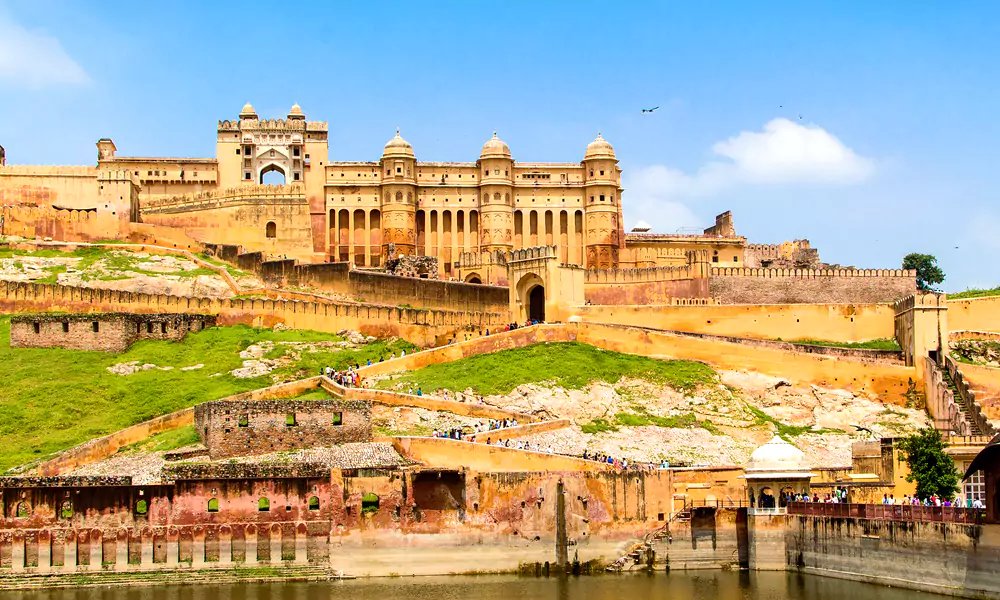
Located about 11 kilometres from Jal Mahal, Amber Fort is a magnificent hilltop fort known for its artistic Hindu-style architecture. The fort offers panoramic views of the surrounding hills and is famous for its intricate carvings, mirror work, and impressive courtyards.
2. Hawa Mahal
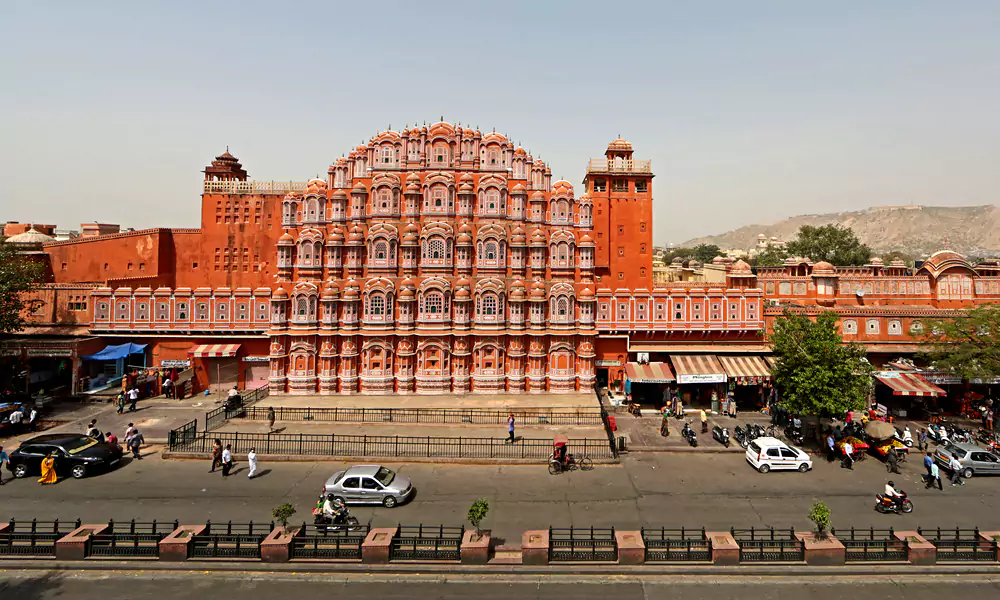
Situated in the heart of Jaipur, Hawa Mahal, or the Palace of Winds, is a stunning five-story palace with a unique façade featuring 953 small windows, known as jharokhas. The palace was built for the royal ladies to observe street festivals while remaining unseen from the outside.
3. City Palace
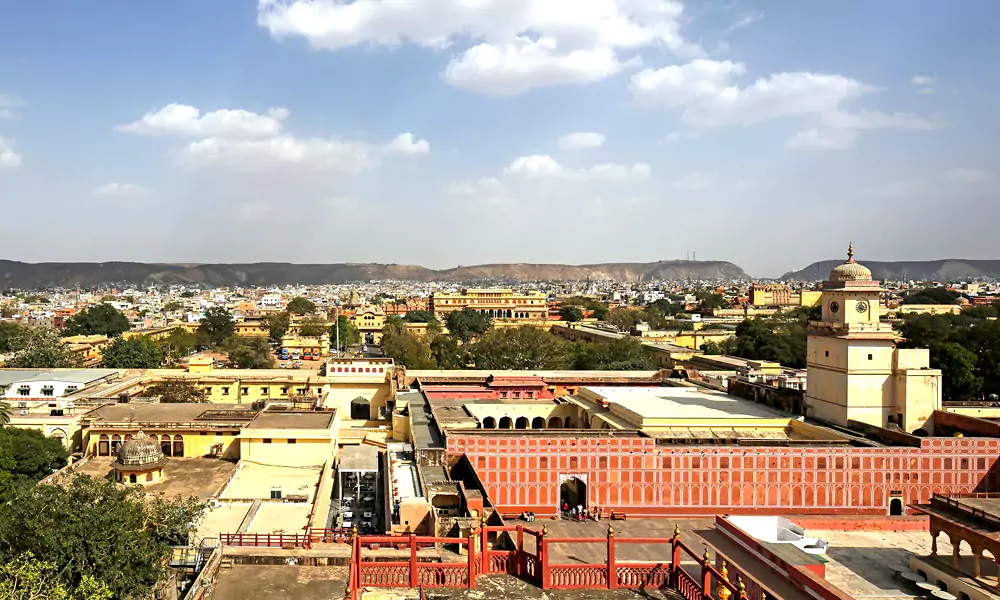
The City Palace complex, located in the heart of Jaipur, is a splendid blend of Rajput and Mughal architecture. The palace houses several museums, courtyards, gardens, and buildings, including the Chandra Mahal and Mubarak Mahal.
4. Jantar Mantar
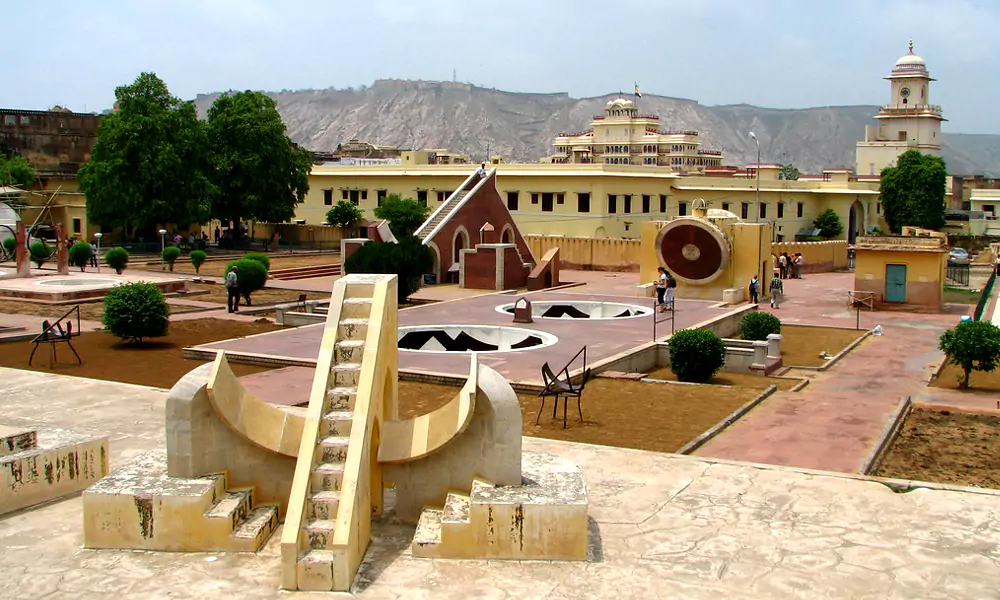
A UNESCO World Heritage site, Jantar Mantar is an astronomical observatory built by Maharaja Jai Singh II. It features a collection of architectural astronomical instruments designed to measure time, track celestial bodies, and observe astronomical phenomena.
5. Nahargarh Fort
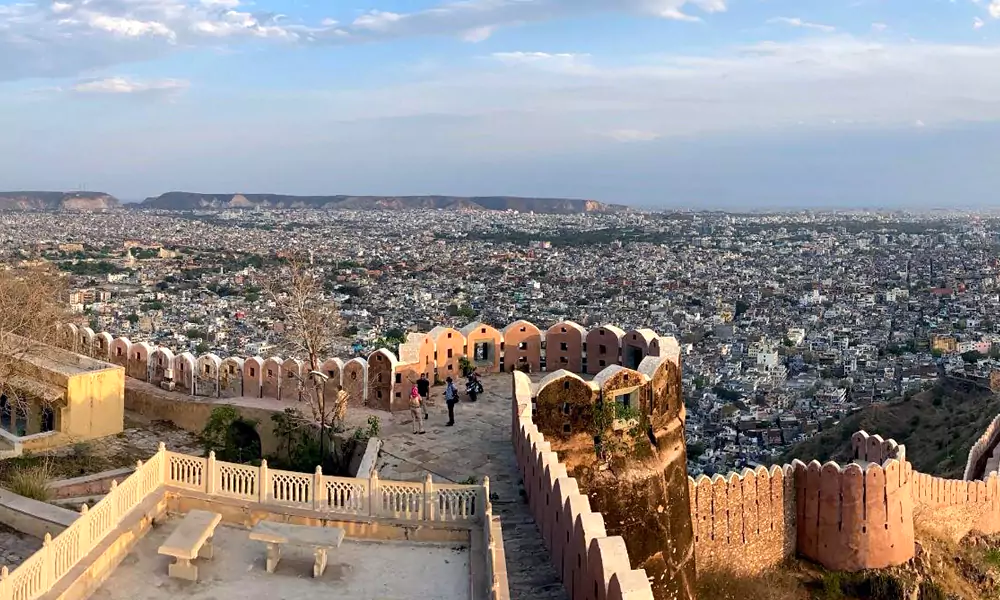
Perched on the Aravalli hills, Nahargarh Fort offers a stunning view of the city of Jaipur. The fort, built as a retreat for the royal family, features beautiful murals, intricate frescoes, and a palace complex with elegant rooms and courtyards.
Travel Tips
To make the most of your visit to Jal Mahal, consider the following travel tips:
Plan Your Visit
Check the opening hours and entry fees before planning your visit. Jal Mahal is best enjoyed during the early morning or late afternoon when the weather is pleasant, and the lighting enhances the beauty of the palace.
Photography
Jal Mahal offers numerous photo opportunities. Capture the palace reflecting in the tranquil waters of the lake, especially during sunrise or sunset. The surrounding landscapes and birdlife also provide excellent photography subjects.
Respect the Environment
Help preserve the natural beauty and ecological balance of the area by not littering and following designated paths. Avoid disturbing the wildlife, particularly the birds that inhabit the lake and surrounding areas.
Local Cuisine
While in Jaipur, indulge in the local Rajasthani cuisine. Try traditional dishes like Dal Baati Churma, Gatte Ki Sabzi, and Laal Maas at nearby restaurants. Savour the local sweets like Ghewar, Mawa Kachori, and Balushahi.
Shopping
Jaipur is famous for its vibrant bazaars and markets. Visit places like Johari Bazaar, Bapu Bazaar, and Tripolia Bazaar for traditional handicrafts, jewellery, textiles, and souvenirs. Bargaining is common, so don’t hesitate to negotiate prices.
Frequently Asked Questions (FAQs)
As of now, the interiors of Jal Mahal are not open to the public. However, visitors can enjoy the stunning views of the palace from the lake’s shoreline and take boat rides to get a closer look.
The best time to visit Jal Mahal is during the cooler months of October to March. Early morning and late afternoon are ideal for capturing the beauty of the palace in different lighting conditions.
Yes, boat rides are available to take visitors closer to Jal Mahal. These boat rides offer a unique perspective of the palace and the surrounding lake.
Nearby attractions include Amber Fort, Hawa Mahal, City Palace, Jantar Mantar, and Nahargarh Fort. These historical and architectural landmarks provide a comprehensive exploration of Jaipur’s rich heritage.
Yes, photography is allowed at Jal Mahal. The palace and its surroundings offer numerous photo opportunities, especially during sunrise and sunset.
Conclusion
Jal Mahal, with its unique location amidst the serene waters of the Man Sagar Lake and its exquisite blend of Rajput and Mughal architecture, stands as a jewel in the crown of Jaipur’s historical landmarks. Its rich history, architectural brilliance, and picturesque setting make it a must-visit destination for travellers exploring Rajasthan. Whether you’re an architecture enthusiast, a history buff, or simply seeking a tranquil escape, Jal Mahal promises an unforgettable experience. As you stand by the lake, gazing at the reflection of this magnificent palace, you’ll find yourself transported to a bygone era of royal grandeur and timeless beauty.
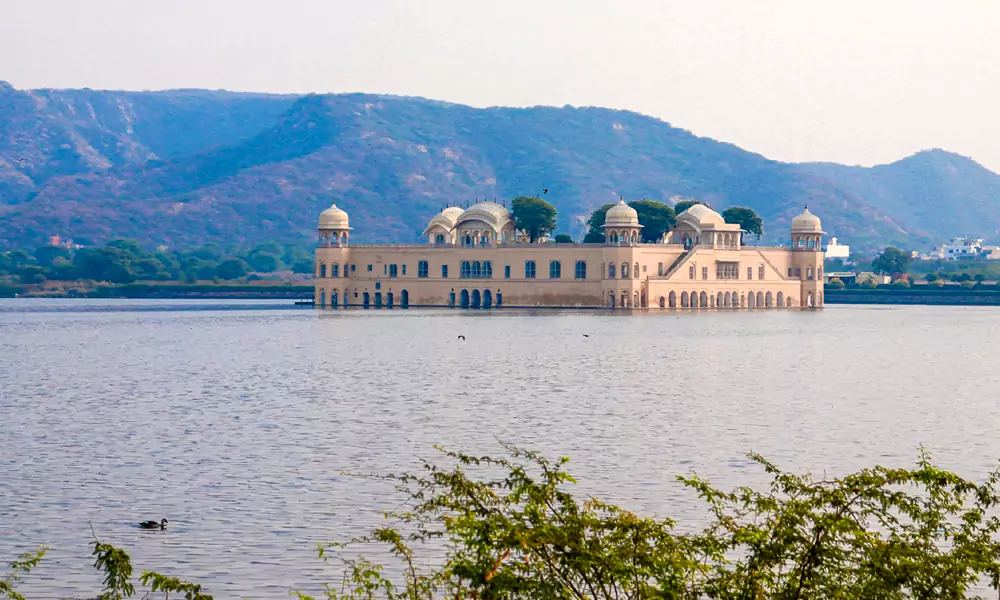
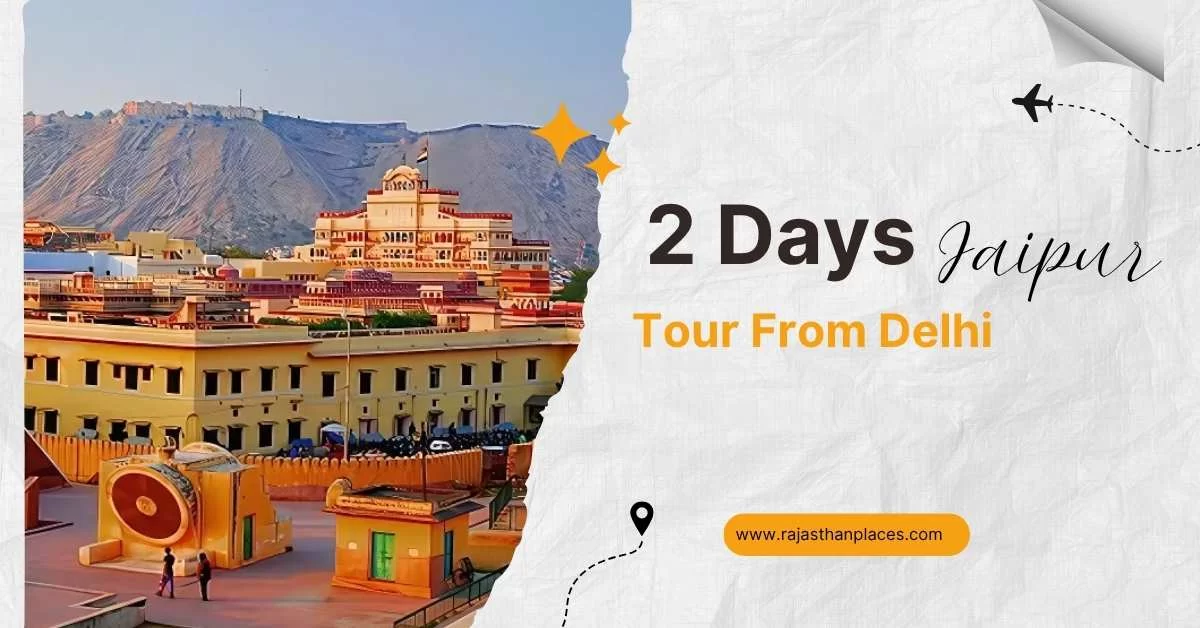
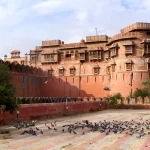
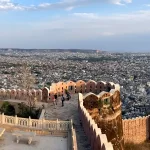
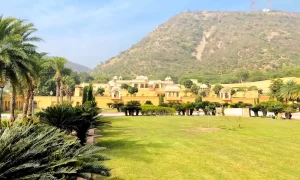
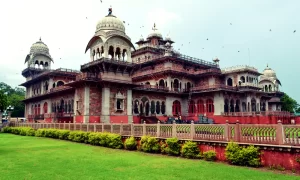
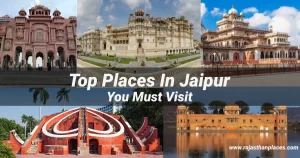
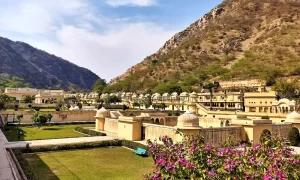

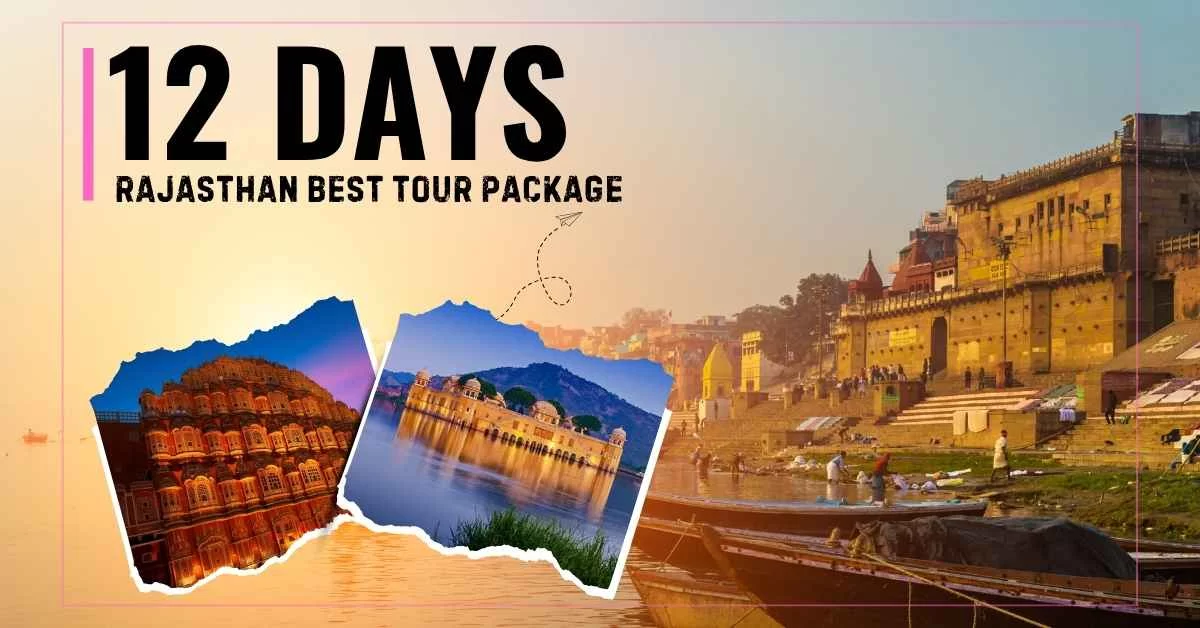
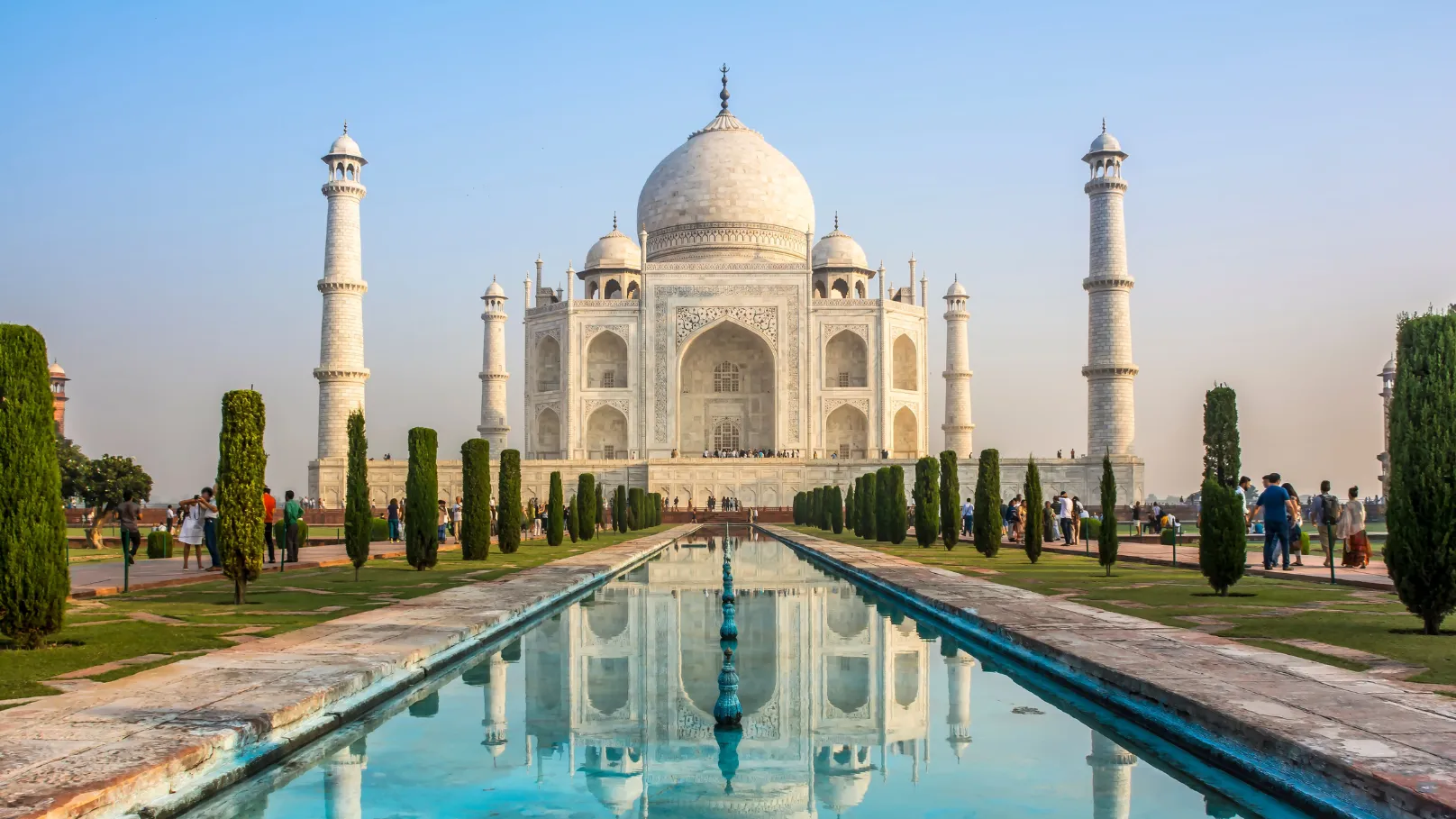







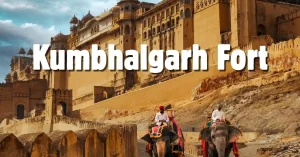



Leave a Comment